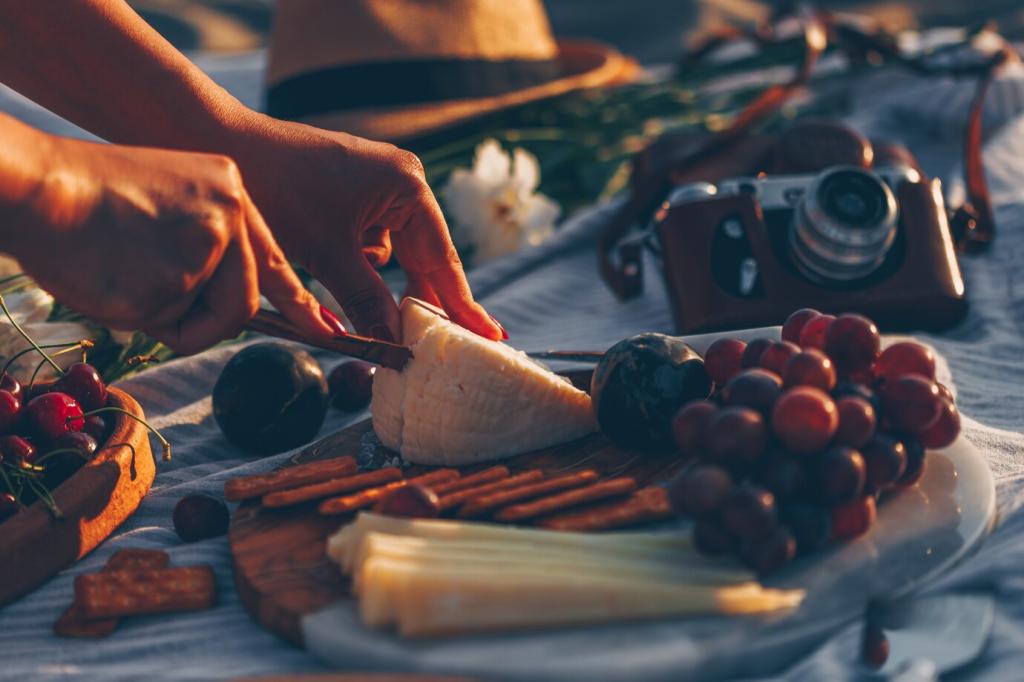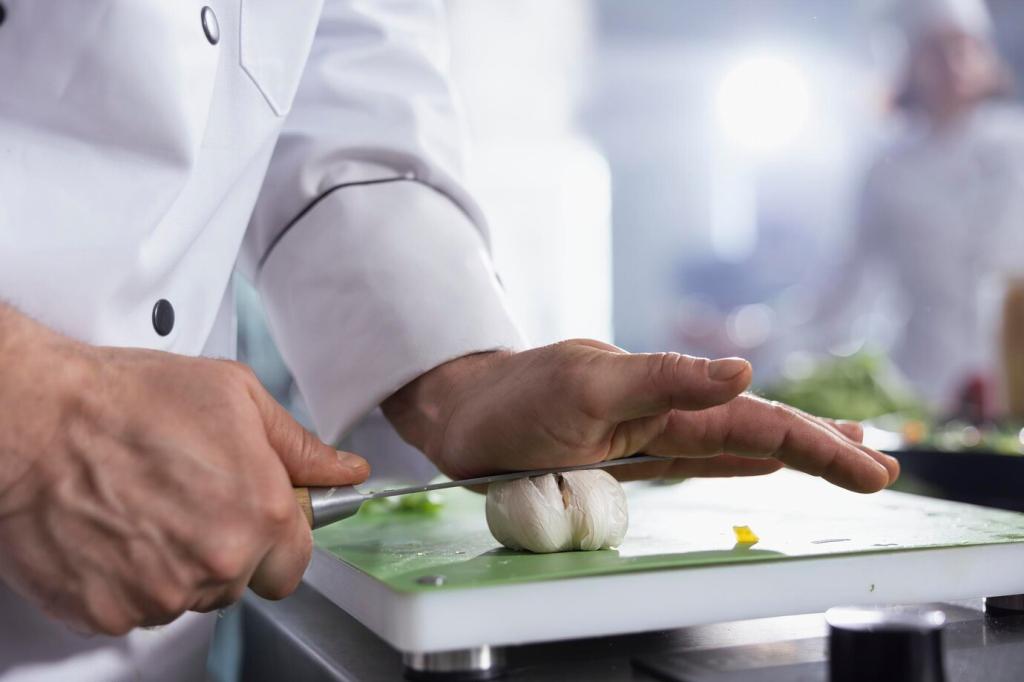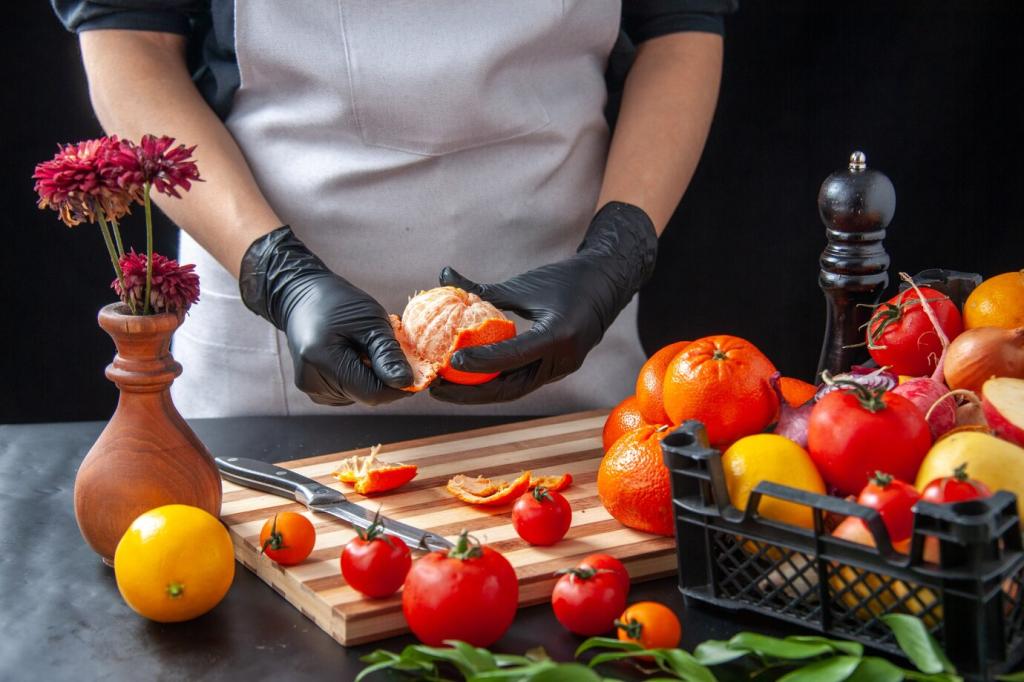Fires, Hearths, and Ovens: How Heat Shaped Early Kitchens
In many villages, the day began at a shared oven where neighbors traded news while dough rose under cloth. I once watched a baker in Sardinia stamp loaves with a family crest, proof that fire remembers stories as faithfully as flavor.
Fires, Hearths, and Ovens: How Heat Shaped Early Kitchens
Archaeologists have uncovered tandoor-like structures across the Indus Valley, and clay tabun ovens throughout the Levant. Vertical heat, scorching walls, and swift baking produced blistered breads and smoky meats—practical engineering born from scarce fuel and abundant ingenuity.
Fires, Hearths, and Ovens: How Heat Shaped Early Kitchens
Early cooks learned to dance with flame: bank coals for steady heat, flash-sear for crisp textures, and move pans up or down to temper intensity. That choreography remains today, inviting us to practice patience and precision rather than chase convenience.
Fires, Hearths, and Ovens: How Heat Shaped Early Kitchens
Lorem ipsum dolor sit amet, consectetur adipiscing elit. Ut elit tellus, luctus nec ullamcorper mattis, pulvinar dapibus leo.



